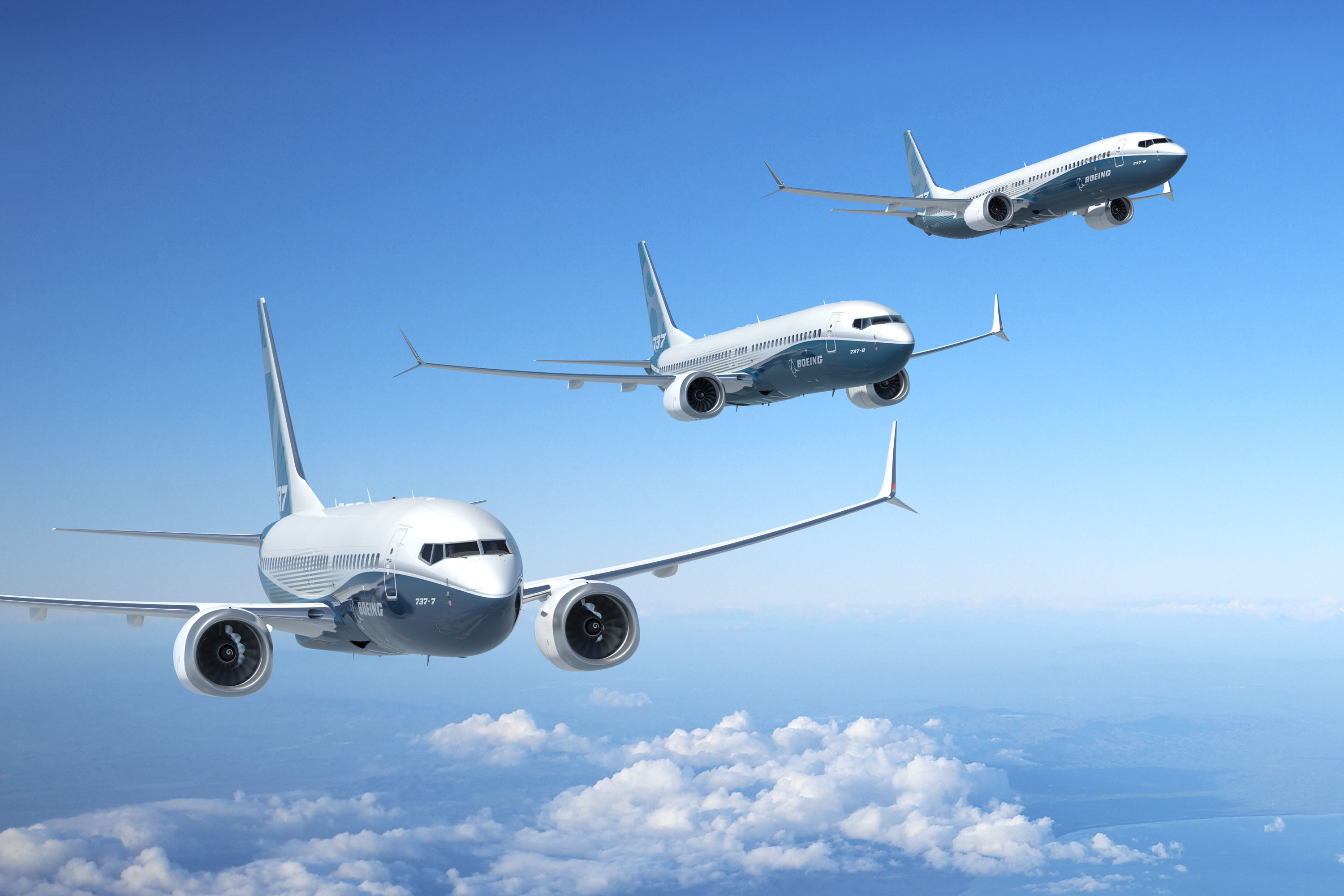
The deal between the two companies depended on Ryanair persuading Boeing to add 11 additional seats to the 737 MAX 8, bringing the total per plane to 200. Boeing met the challenge and the order is expected to be announced early next week.
Boeing has delivered more than 8,100 of all models of its 737 and currently has nearly 4,008 unfilled orders on its books for the short-to-medium range jet that can carry from 120 to 220 passengers in the eight variations of the plane that are currently available.
Beginning with its 737-700, Boeing designated the aircraft as Next Generation 737s. The most popular is the 737-800, which can carry up to 189 passengers and has a range of about 3,500 miles at a cruising speed of 590 miles per hour. The 737-800 has a list price of $93.3 million.
READ ALSO: Why Has Boeing Stock Underperformed the Market?
Southwest Airlines Co. (NYSE: LUV) flies the 737 exclusively and currently has 614 of the planes in its fleet. Of those, 477 are 737-700s and 737-800s. Since 1971, Southwest has taken delivery of 655 737s and has another 286 on order, according to Boeing. Of the planes on order, 200 are in the 737 MAX family.
Delta Air Lines Co. (NYSE: DAL) has 110 of Boeing’s 737s in service, all Next Generation models, and United Continental Holdings Inc. (NYSE: UAL) has 276 of the Next Gen 737s in service, the most of any aircraft in its fleet. American Airlines Group Inc. (NASDAQ: AAL) has 142 737-400s in storage and 238 737-800s in its total fleet of 975 aircraft.
The (currently available) Next Gen 737s are powered by a pair of CFM56-7BE engines that were introduced in 2009 by CFM International, a joint venture between General Electric Co. (NYSE: GE) and French engine maker Snecma. Combined with improvements to the 737’s airframe, an aircraft equipped with the new engines enjoys a 2% reduction in fuel consumption.
The plane’s flight deck includes technologies showing the current and predicted flight path of the aircraft and potential conflicts with the terrain, as well as a Heads-up Display to provide flight and safety information at eye level.
The price range for the 737 aircraft starts at $78.3 million for a 737-700 and climbs to $113.3 million for a 737 MAX 9. Compared with the competitive A320 models from Boeing’s chief rival, Airbus, the 737-700 costs $4 million more than the A318, the 737-800 costs $5 million more than the A319 and the 737-900ER costs $2 million more than the A320.
The 737 MAX family is scheduled to begin deliveries in 2017 and more than 2,200 orders have already been taken for the planes. Using an even newer CFM engine, the 737 MAX is expected to reduce both fuel consumption and carbon emissions. The more fuel-efficient engines are also expected to increase the new plane’s range to about 4,150 miles.
READ ALSO: Boeing Orders Crush Airbus Total Through August
More and better computing technology, new and more fuel-efficient engines and improvements in materials and construction all combine to push up the cost of new designs. The $113 million cost for the largest of the new 737 MAX family is still just over a third the cost of the wide-body Boeing 777-300ER, which costs $330 million.
And the next generation of the 777, the 777X, is expected to go into service in 2020. The777-9X, which can carry up to 400 passengers, now carries a list price of $388.7 million. In general, as a plane’s capacity rises, so do its costs. Airlines try to offset rising prices by stuffing a few more seats in the cabin and, of course, thinking up new fees to charge passengers.
It’s Your Money, Your Future—Own It (sponsor)
Retirement can be daunting, but it doesn’t need to be.
Imagine having an expert in your corner to help you with your financial goals. Someone to help you determine if you’re ahead, behind, or right on track. With SmartAsset, that’s not just a dream—it’s reality. This free tool connects you with pre-screened financial advisors who work in your best interests. It’s quick, it’s easy, so take the leap today and start planning smarter!
Don’t waste another minute; get started right here and help your retirement dreams become a retirement reality.
Thank you for reading! Have some feedback for us?
Contact the 24/7 Wall St. editorial team.


